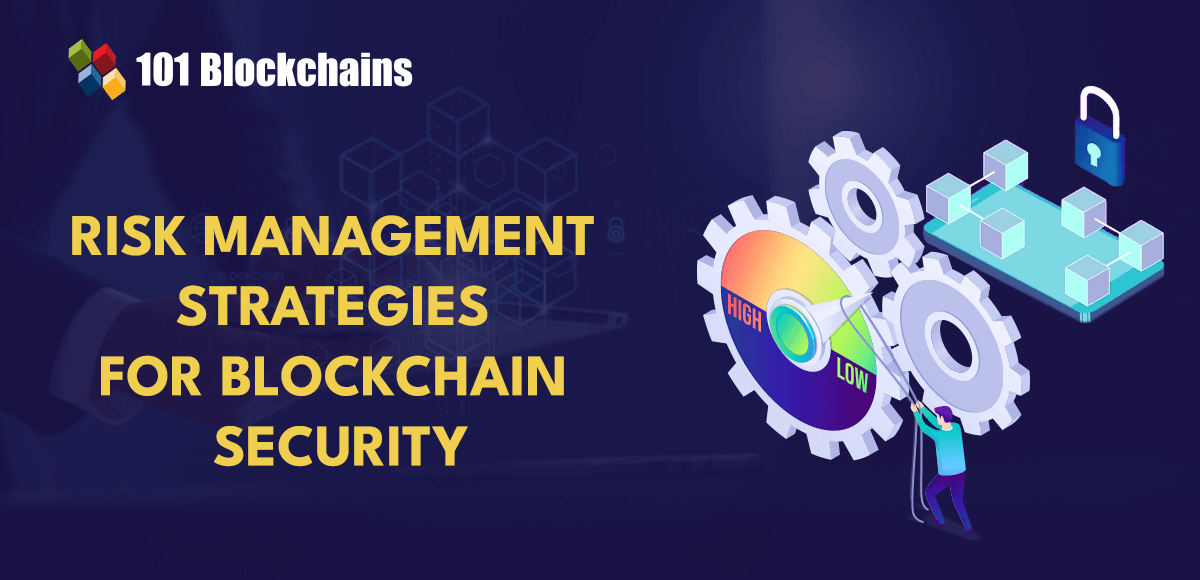If we are to pinpoint a fight without an end or a definite winner, that would be the fight between cybersecurity experts and cybercriminals. This is a never-ending challenge. As technology advances, criminals who seek to exploit vulnerabilities are becoming more creative. On the other side, organizations are becoming more wary – and capable of staying ahead of the ever-changing digital threats. Without a proactive approach, a single attack can cause your business to halt its operations – or even cause its failure. We are talking about a fortune in fines, business revenue, and legal fees, not to mention the mark this can leave on a brand’s reputation. The risks today are big, more numerous, and more versatile than ever. To protect your business and stay ahead, you need a proactive approach to cybersecurity and a robust resilience strategy. In this post, we’ll teach you why this matters and how you can achieve it.
Understanding digital threats
A ransomware attack takes place every 40 seconds today. On average, cybercriminals create 1.4 million websites for phishing per month, most of which contain pages that mimic a real company – such as yours. So, we are looking at around 2,200 estimated cyber attacks every single day! What does this tell us? This goes to show that digital threats are here, and they are more numerous and successful than ever. Today, when most businesses need technology to progress and succeed in the market, cybercrime is one of the biggest threats to their success. The consequences of a digital attack can vary from minor to devastating for a business. If you are hacked, your company’s information and that of your customers can end up in the wrong hands. You can get into legal trouble and pay legal fees that can cost billions! Not to mention, depending on the attack and its success, this can turn a very successful business into ash. It also depends on the type of attack, of course. Some attacks are far more dangerous and costly than others. Ransomware attacks, for instance, are very frequent nowadays, and these criminals have reached even the biggest brands out there. EXAMPLE: In July 2020, GTW Global, a big US travel services company, made an enormous ransom payment – $4.5 million in Bitcoin to Ragnar Locker, a cybercrime ransomware group. The attack took down 30,000 computers and compromised tons of data, including security documentation, financial records, and employees’ personal data. One thing is for certain: cyberattacks know no bounds, and every company can fall prey to one, or many. However, if you have an ingrained policy and take a proactive anti-fraud approach, you can mitigate many of the risks and will have a backup plan to fall on if things go wrong.
What is the most common form of digital attack used by hackers today?
The threat landscape is shifting as technology progresses. The threats you fought just a few years back are more versatile and advanced now, and new threats are gaining power with every passing minute. Source: Sprintzeal
With that in mind, here are the most common types of security threats today:
- AI-powered attacks
Well, criminals sure love the advances in artificial intelligence (AI). They use it more than ever. According to a report by Sapio Research and Deep Instinct, the increase in attacks in the last couple of years is mostly led by the use of AI, with 85% of attackers using generative AI. The majority of attacks these days are facilitated by bots and other products of artificial intelligence. Cybercriminals use AI to automate everything from phishing to supply chain attacks. - Ransomware attacks
Ransomware attacks these days are more targeted and, therefore, more destructive. Attackers now encrypt data and demand payment to keep it private. Some of the ransomware attacks are so well-planned and executed, that they cost businesses millions. NotPetya, the biggest ransomware attack to date, made a monetary impact of $10 billion and impacted major companies. - Supply chain attacks
When cyber criminals target your company’s supply chain, they are performing a supply chain attack. If they are successful, they can completely infiltrate your network, and you won’t even notice it until it’s too late. In this case, criminals infiltrate trusted vendors and use them to compromise the software and reach the end users. The potential damage has no limits. - Phishing attacks
Phishing has been around for a long time, and it remains one of the main ways criminals take over websites. In this case, the hacker will send a deceptive message disguised as an email from a real entity, requesting that the recipient reveal their login details. In other words, they can pretend it is your company sending a message to a customer or an employee, demanding their login details or payment information. With the data on hand, they can use it to log in and do their damage. According to Statista, 76% of businesses have reported being a victim of such an attack in 2022 alone. Source: Statista - DDoS attacks and SQL injections
Distributed denial of service (DDoS) attacks occur when criminals use multiple devices to hit a server with fake traffic. The result? The website becomes inaccessible and cannot function normally. The attack paralyzes a server by overloading it and, in many cases, makes a website go offline. This can be devastating for big businesses with a lot of traffic since they lose during the downtime. There have been reports of major e-commerce platforms suffering such downtimes, even in the busiest periods. Similarly, SQL injections allow hackers to access your data and shut it down. They inject SQL commands into existing scripts, and when they succeed, they can execute a variety of commands – including shutting it down altogether. Source: Spiceworks - Malware attacks
Malware attacks have been around for the longest time, but they remain one of the most common cyberattacks on the wide web. Malware is malicious software or virus designed to somehow harm your computers, servers, networks, or clients. In fact, any type of malicious software that serves the purpose of harming or exploiting a programmable network or device falls under the “malware” category.
Digital threats: How to prevent, detect, and mitigate future attacks
While digital threats now come attached to the use of technology and the internet, and eliminating them altogether is impossible, there are some measures you can take to prevent, detect, and mitigate them. More specifically, you need what we call a cyber resilience strategy – and here is how to create it.
Secure your data – and perform data backups
The rule of thumb in cyber security is to prevent it when possible. It’s always better and cheaper to prevent a threat than it is to fix the damage. So, start by securing your data. If your data isn’t as secure as it can be, this is the perfect time to opt for a safer option. Start by transferring data and resources to a safer infrastructure or a different software i.e., perform a system migration. Just ensure you optimize the system migration process and keep it as safe as possible. Next, it is time to back up all the data. This is part of your recovery plan – you have another location for the important information in case it gets lost, or your business falls victim to a cyber attack. Data backup is regular work – not a one-time measure. Regularly back up systems and critical data using a variety of solutions such as external hard disks and cloud-based software.
Protect yourself from legal trouble
Data protection laws change every day. They regulate millions of businesses in order to protect customers. In case of a data breach or any other cyber attack, you must make sure that your business is compliant with current regulations to avoid hefty legal fees and problems. While there are plenty of ways to adhere to the changing data privacy laws’ requirements, some practices are more popular than others, such as the use of the banner cookie. Cookie banners are a way to meet the requirements unobtrusively. They appear as a pop-up when people visit your website, informing them about the use of cookies and asking them for consent. When the visitor accepts the cookies and the storage and use of their data, you are legally covered. It is still your responsibility to protect…























